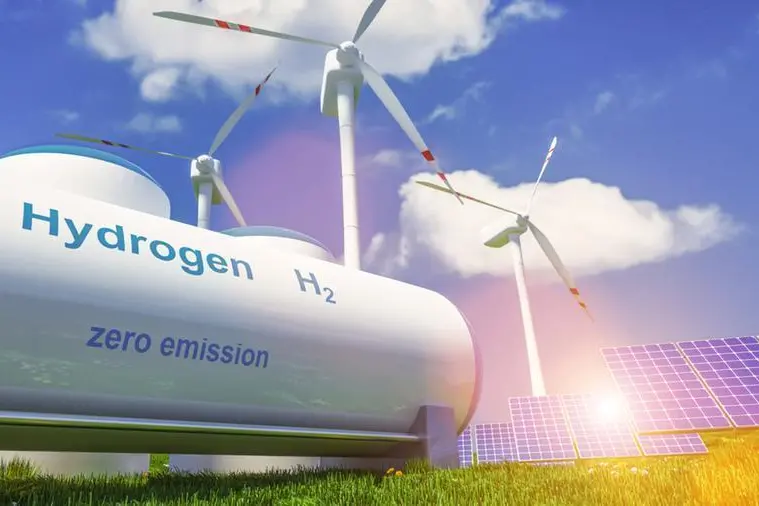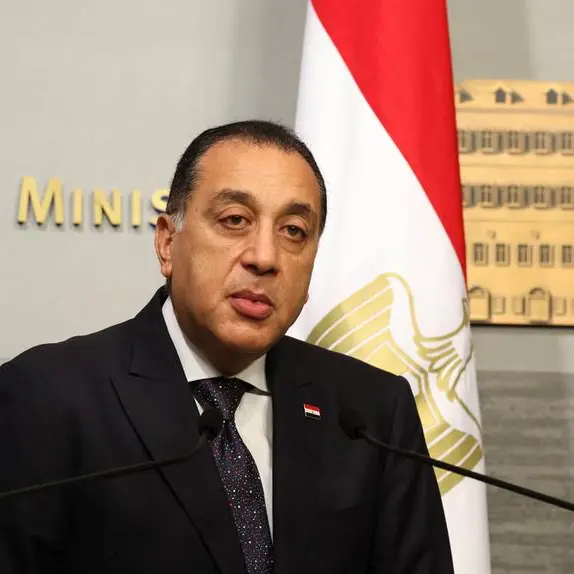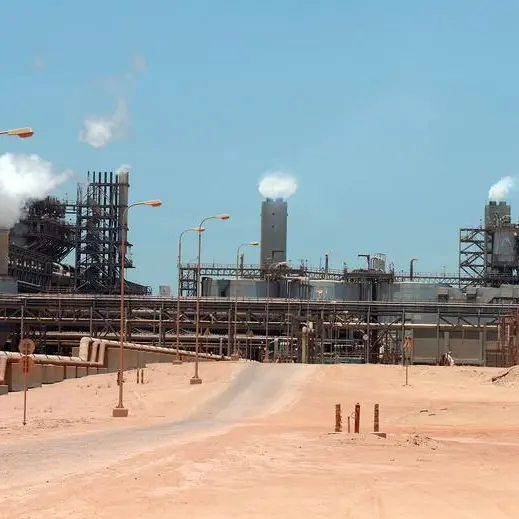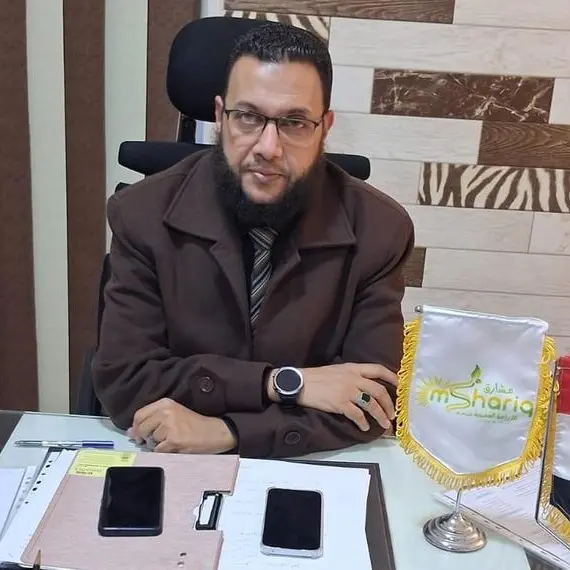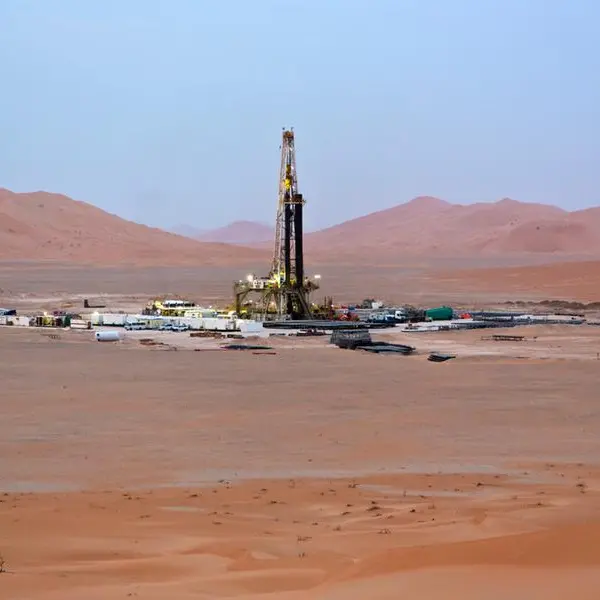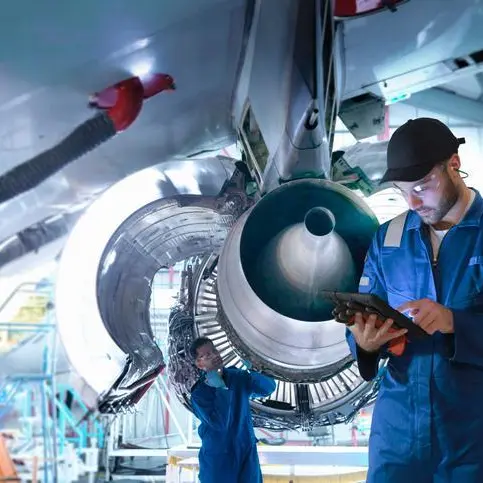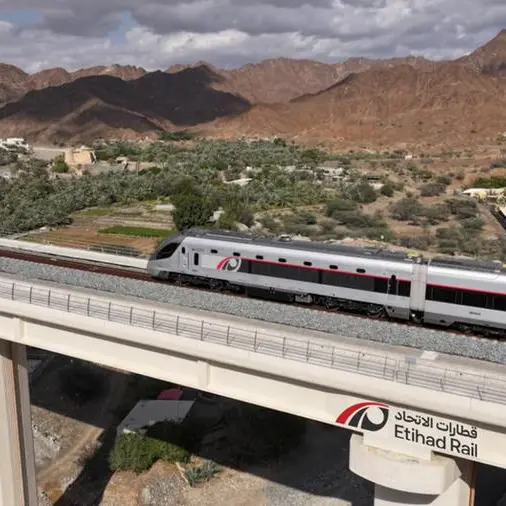PHOTO
Namibia expects to release requests for proposals (RFPs) for developing three hydrogen valleys early next year, the African country’s Presidential Advisor and Hydrogen Commissioner James Mnyupe revealed during the EU-Namibia Business Forum 2023.
The hydrogen valleys identified under the country’s Green Hydrogen Strategy are in the Southern Region (Kharas), the Central region (including Walvis Bay Port and the capital Windhoek) and the Northern Region (Kunene), and will produce ammonia, synthetic fuels, and hot briquetted iron.
The RFP for conducting feasibility studies for the three valleys was released in May this year.
Mnyupe said an announcement regarding Namibia’s next big hydrogen project, which will involve the private sector, is expected during COP28 or early next year.
In May, Namibia signed an agreement for its first big green hydrogen project costing $10 billion with Hyphen Hydrogen Energy.
He said other plans include the expansion and development of Luderitz-a port town in southern Namibia, starting the green industrialisation process, commencing a national green hydrogen skills study, and launching pilot projects.
Luderitz’s green industrialisation agenda includes synthetic fuel production, ammonia, renewable energy, wind farms and green steel plants.
The government official said Namibia is not primarily looking to export green hydrogen to Europe but trying to grow and diversify the country’s economy and create new jobs.
He said the Ministry of Mines and Energy expects to create 84,000 and 183,000 direct jobs in the hydrogen sector by 2030 and 2040 respectively.
GDP to double by 2035
Nangula Uaandja, Chairperson and CEO, Namibia Investment Promotion and Development Board (NIPDB) said Namibia expects to double its GDP by 2035.
Speaking at the event, she said Namibia is looking to use green hydrogen and its derivatives to drive forward green industrialisation and tap into its vast pool of natural resources to add value in country. “We are looking forward to processing, refining and going as far as we can in the value chain of critical raw materials and other minerals”.
Nagula said Namibia expects to tap the synergy between electricity and minerals and use hydrogen to drive the industrialisation process.
She said hydrogen can be used for mobility; the excess electricity generated during hydrogen making can improve electricity access; excess desalinated water and fertilisers can be used in agriculture; and the brine generated during desalination can support further diversification into new sectors and industries.
Nagula said Namibia is the third largest producer of uranium in the world, has found oil and gas resources recently, is rich in critical raw materials that are needed in energy transition, and among the top 10 countries worldwide for diamond mining in terms of both value and volume.
Read more: Namibia’s port masterplan study to be completed later this year – official
(Writing by Sowmya Sundar; Editing by Anoop Menon)
(anoop.menon@lseg.com)
Subscribe to our Projects' PULSE newsletter that brings you trustworthy news, updates and insights on project activities, developments, and partnerships across sectors in the Middle East and Africa.
